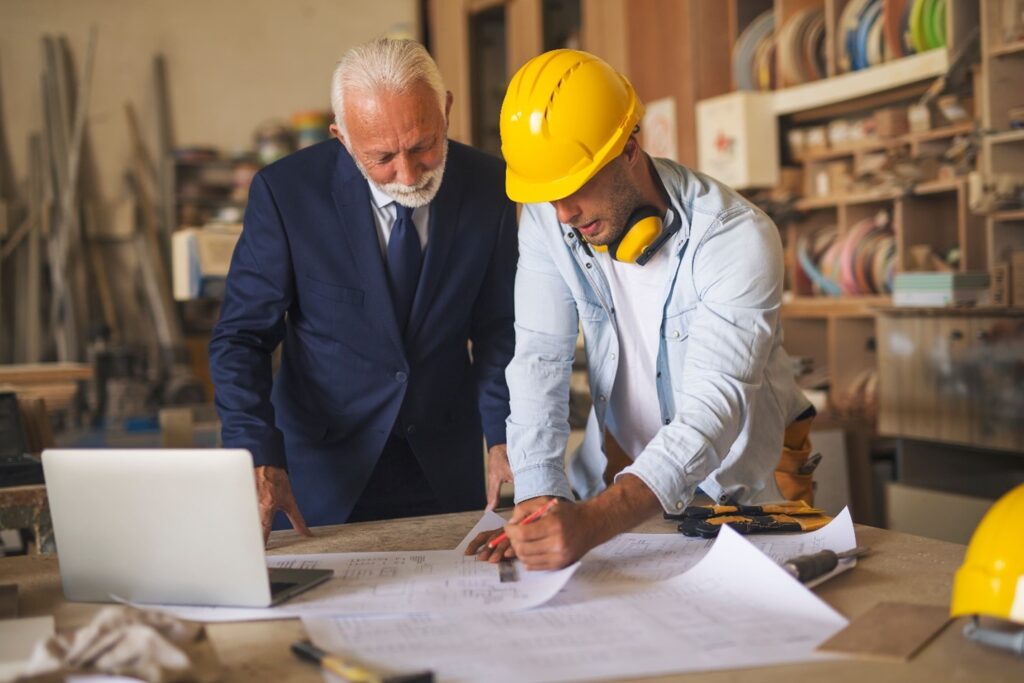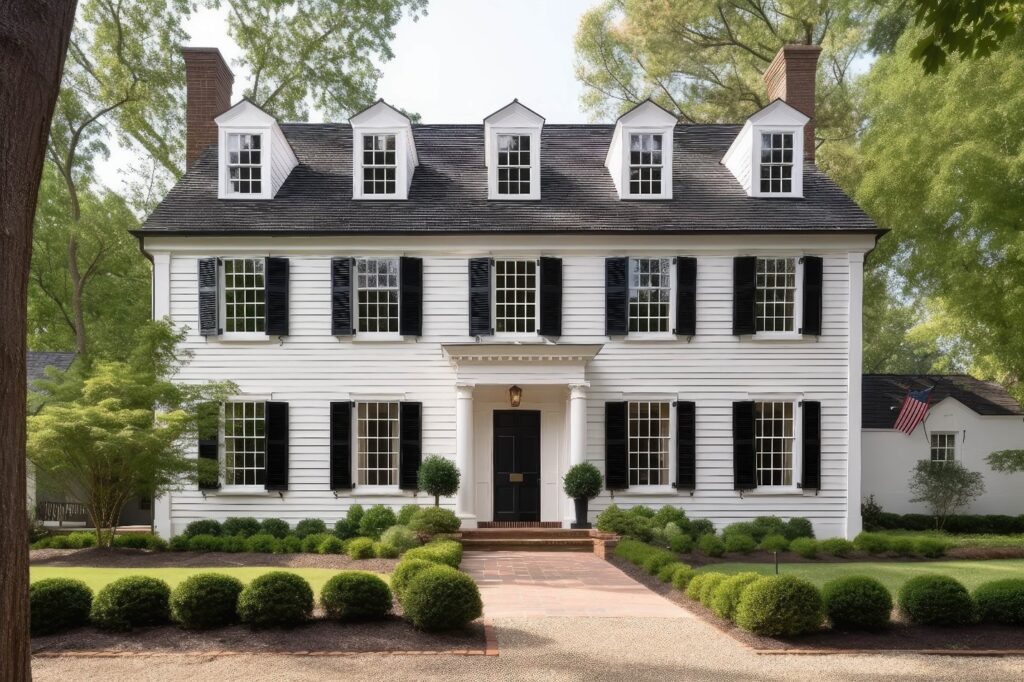
David DeQuattro of RGB Architects, with his extensive experience in the industry, understands the critical importance of the post-construction phase in project management. This phase, often overlooked, is essential for ensuring the project’s success and the client’s satisfaction. This article discusses the responsibilities of Owner’s Project Managers (OPMs) during the post-construction phase, including project closeout and handover.
The post-construction phase involves the final steps needed to complete a project and hand it over to the owner. It is a critical period where all aspects of the project are reviewed, finalized, and documented to ensure everything meets the agreed-upon standards. David DeQuattro emphasizes that thorough and efficient management during this phase is crucial for a successful transition from construction to operation.
Responsibilities of OPMs in Post-Construction
1. Final Inspections and Quality Assurance:
- Conducting Final Inspections: One of the primary tasks for OPMs during post-construction is to conduct comprehensive final inspections. This ensures that all work has been completed according to the project specifications and standards. Any defects or issues identified during these inspections must be addressed promptly.
- Quality Assurance: David DeQuattro often highlights the importance of maintaining high-quality standards until the very end of the project. OPMs ensure that all materials and workmanship meet the required specifications and that any necessary corrections are made.
2. Managing Punch Lists:
- Creating and Overseeing Punch Lists: A punch list is a document that outlines all remaining tasks and minor issues that need to be resolved before the project can be considered complete. OPMs are responsible for creating this list, coordinating with contractors to address each item, and verifying that all tasks are satisfactorily completed.
- Ensuring Timely Completion: DeQuattro stresses the importance of timely completion of punch list items to avoid delays in the project handover.
3. Documentation and Record Keeping:
- Compiling Project Documentation: Accurate documentation is vital for project closeout. OPMs compile all necessary documents, including as-built drawings, warranties, maintenance manuals, and inspection reports. This ensures that the owner has all the information needed for future reference and maintenance.
- Finalizing Financial Records: David DeQuattro notes that OPMs must also ensure that all financial records are finalized, including settling any outstanding payments and confirming that all contractual obligations have been met.
4. Facilitating Training and Orientation:
- Organizing Training Sessions: For projects involving complex systems or new technologies, OPMs organize training sessions for the owner’s staff. This ensures that the operational team is well-equipped to manage and maintain the new facilities effectively.
- Providing Orientation: DeQuattro emphasizes the importance of a thorough orientation for the owner and key stakeholders, helping them understand the features and functions of the new facility.
5. Ensuring Compliance and Safety:
- Verifying Compliance: OPMs ensure that all aspects of the project comply with local building codes, safety regulations, and industry standards. This is crucial for obtaining the necessary certifications and approvals.
- Conducting Safety Audits: Safety is a continuous concern, and OPMs perform final safety audits to ensure that the project meets all safety requirements before occupancy.
6. Project Handover:
- Coordinating Handover Activities: The handover process involves formally transferring control of the project from the construction team to the owner. OPMs coordinate all activities related to this transition, ensuring a smooth and efficient handover.
- Ensuring Owner Satisfaction: David DeQuattro highlights that a successful handover is one where the owner is fully satisfied with the project outcomes. OPMs address any last-minute concerns and ensure that all contractual terms have been met.
7. Post-Occupancy Evaluation:
- Conducting Follow-Up Assessments: After the project handover, OPMs may conduct post-occupancy evaluations to assess the performance of the facility and gather feedback from the owner. This helps identify any issues that may have arisen after occupancy and ensures they are addressed promptly.
- Continuous Improvement: DeQuattro believes that feedback from post-occupancy evaluations is invaluable for improving future projects and refining management practices.
The post-construction phase is a critical period where the efforts of all project stakeholders culminate in the final delivery of a completed project. Effective management during this phase ensures that all aspects of the project meet the required standards and that the owner is fully satisfied with the results. David DeQuattro’s extensive experience in this field underscores the importance of thorough and efficient post-construction management. By focusing on quality assurance, thorough documentation, proper training, and effective handover procedures, OPMs play a vital role in the successful completion of construction projects.
In addition, fostering strong relationships with all stakeholders and maintaining open lines of communication are essential practices for OPMs. This ensures that any emerging issues are swiftly addressed and that the transition from construction to operational use is as seamless as possible. By prioritizing these elements, OPMs contribute significantly to the long-term success and sustainability of the projects they manage.

